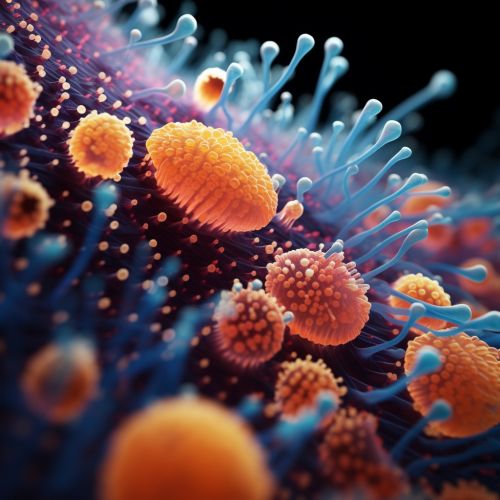Firmicutes
Overview
Firmicutes are a phylum of bacteria, most of which have Gram-positive cell wall structure. They are found in various environments and play a significant role in various ecological and biological processes. Some species are known to be pathogenic, while others are beneficial to their hosts, particularly in the human gut microbiota.


Classification and Phylogeny
Firmicutes are divided into the classes Bacilli, Clostridia, and Negativicutes, along with several orders and families. The classification has undergone multiple revisions based on advancements in molecular techniques such as DNA sequencing techniques and comparative genomics.
Morphology
Firmicutes exhibit a wide range of shapes and sizes, including cocci (spherical), bacilli (rod-shaped), and spirochetes (spiral-shaped). They are characterized by a thick peptidoglycan cell wall which imparts the Gram-positive staining characteristic.
Metabolism
Firmicutes have diverse metabolic capabilities. They can be obligate aerobes, facultative anaerobes, or obligate anaerobes, with some species capable of fermentation or anaerobic respiration.
Ecological Role
Firmicutes play a significant role in various ecosystems. They are involved in nutrient cycling, decomposition of organic matter, and symbiotic relationships with other organisms. In the human gut, they contribute to digestion and immune function.
Medical Significance
Some Firmicutes are pathogenic, causing diseases such as botulism, tetanus, and gas gangrene. However, others are part of the normal human microbiota and have beneficial effects on health.
Industrial Applications
Firmicutes are used in various industrial applications, including food production, waste treatment, and biofuel production. They are also being explored for their potential in bioremediation.
Research and Future Directions
Research on Firmicutes is ongoing, with a focus on understanding their role in health and disease, as well as their potential for industrial applications.
